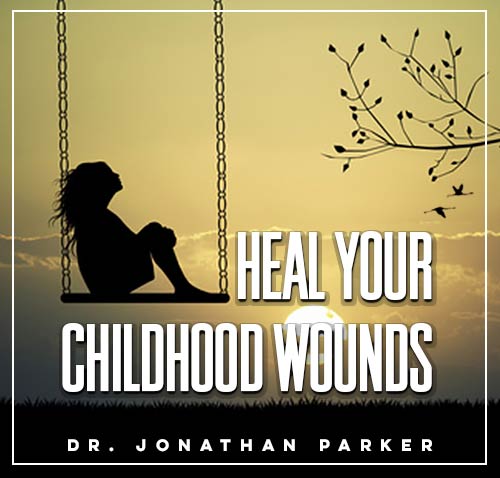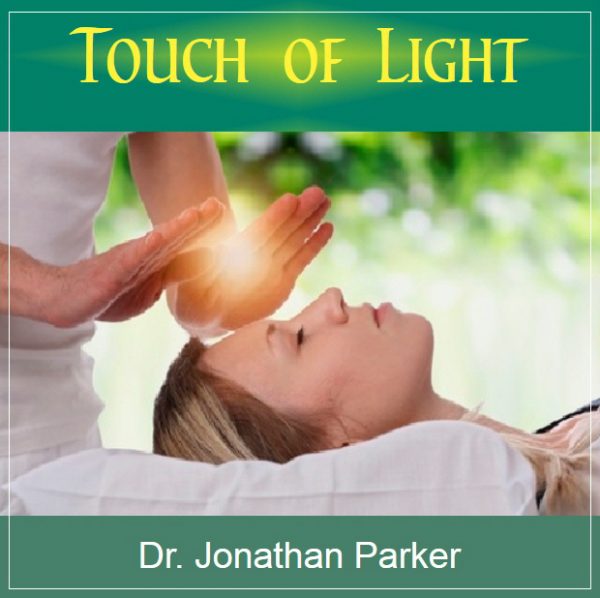Path to Childhood Trauma Recovery

Before diving in, please note: This post is for informational purposes only. If you’d like to know more about how we approach topics, feel free to check out our friendly Disclaimer Page.
Hey there, amazing readers! 🖐️ Just a quick note: yes, we know there are a lot of ads here. Trust us, we get it—it’s not the prettiest look, but they help us keep this blog alive and kicking. Those pesky little ads cover the costs of all the behind-the-scenes magic, from hosting and tech stuff to creating content we hope you’ll love.
We’re committed to delivering quality posts, and your support (even just sticking around despite the ads) means everything to us. So, bear with us, and thanks for helping us keep the good vibes rolling. Now, on to the fun stuff! 😉
TRANSLATE BUTTON AT THE END OF THE ARTICLE
A Quick Overview
Recovering from childhood trauma can be a challenging journey, but with the right support and strategies, healing is possible.
Understanding the impact of childhood trauma, recognizing its signs and symptoms, seeking professional help, building a strong support system, and practicing self-care are crucial steps in the path to recovery.
Therapeutic techniques, coping strategies, processing traumatic memories, and mindfulness practices can also aid in healing.
Creating a safe environment, setting realistic goals, and celebrating progress are integral parts of the recovery process.
In this article, we will delve into each of these aspects to provide a comprehensive guide to navigating the path to childhood trauma recovery.
Understanding Childhood Trauma
Childhood trauma refers to experiences during childhood that are emotionally or physically harmful and have lasting effects on an individual’s well-being.
These experiences can range from neglect and abuse to witnessing violence or experiencing a natural disaster.
Childhood trauma can disrupt a child’s development and lead to long-term consequences in adulthood.
It can impact various areas of life, including relationships, mental health, and overall functioning.
Understanding the nature of childhood trauma is essential in addressing its effects and beginning the healing process.
Recognizing the Signs and Symptoms
Recognizing the signs and symptoms of childhood trauma is the first step towards recovery.
These may manifest differently in each individual but can include emotional distress, difficulty trusting others, low self-esteem, and struggles with regulating emotions.
Physical symptoms such as headaches or stomachaches without medical cause can also be indicative of childhood trauma.
Behavioral issues like aggression, withdrawal, or substance abuse may also signal underlying trauma.
Being aware of these signs allows individuals to seek help and start the healing process.
Seeking Professional Help
Seeking professional help is crucial in the recovery journey from childhood trauma.
Therapists, counselors, and psychologists trained in trauma-focused therapies can provide the necessary support and guidance.
These professionals can help individuals process their traumatic experiences, develop coping strategies, and work through the emotional impact of childhood trauma.
Therapy sessions offer a safe space for individuals to explore their feelings and thoughts and learn new ways of coping with their past experiences.
Professional help is a vital component of healing from childhood trauma.
Building a Support System
Building a strong support system is essential in overcoming childhood trauma.
Surrounding oneself with caring and understanding individuals can provide a sense of safety and comfort.
Family members, friends, support groups, or online communities can offer emotional support, encouragement, and validation.
Having people to turn to during difficult times can make a significant difference in the recovery process.
Sharing experiences with others who understand and empathize can help individuals feel less isolated and more connected.
Finding Therapeutic Techniques
Therapeutic techniques tailored towards childhood trauma recovery can be beneficial in the healing process.
Techniques such as cognitive-behavioral therapy (CBT), eye movement desensitization and reprocessing (EMDR), and art therapy are commonly used to address trauma-related issues.
These techniques help individuals reframe their thoughts, process traumatic memories, and express their emotions in a safe environment.
Finding therapeutic techniques that resonate with one’s preferences and needs is crucial in facilitating healing and growth.
Embracing Self-Care Practices
Embracing self-care practices is essential in nurturing overall well-being and promoting healing from childhood trauma.
Engaging in activities that bring joy and relaxation, such as exercise, mindfulness, journaling, or spending time in nature, can help reduce stress and improve mental health.
Discover "SUPERFOODS: The Key to Health and Balance🥗" 🌿🌺
Prioritizing self-care allows individuals to recharge, manage emotions effectively, and cultivate resilience.
Taking time for oneself and honoring personal needs are integral aspects of the recovery journey.
Creating a Safe Environment
Creating a safe environment is paramount in childhood trauma recovery.
This includes physical safety as well as emotional safety.
Removing oneself from toxic or triggering environments and establishing boundaries with individuals who may perpetuate harm is crucial.
Creating a space that feels secure, nurturing, and calming can aid in the healing process.
Feeling safe and protected allows individuals to let their guard down, explore their emotions, and work through past traumas without fear.
Developing Coping Strategies
Developing coping strategies is key in managing the effects of childhood trauma and building resilience.
Coping mechanisms such as deep breathing exercises, grounding techniques, mindfulness practices, and positive self-talk can help individuals regulate their emotions and navigate triggering situations.
Learning healthy ways to cope with stress, anxiety, and overwhelming emotions empowers individuals to take control of their mental health and well-being.
Developing a toolbox of coping strategies tailored to one’s needs is essential in the recovery journey.
Processing Traumatic Memories
Processing traumatic memories is a significant part of childhood trauma recovery.
It involves revisiting and working through past experiences in a safe and supportive environment.
Therapists trained in trauma-focused therapies can guide individuals through this process, helping them make sense of their memories, emotions, and beliefs.
Processing traumatic memories allows individuals to reframe their narratives, release emotional pain, and create new meanings from their past experiences.
It is a transformative step towards healing and growth.
Practicing Mindfulness and Relaxation
Practicing mindfulness and relaxation techniques can help individuals soothe their nervous system, reduce anxiety, and cultivate present-moment awareness.
Mindfulness practices such as meditation, yoga, and deep breathing can promote relaxation, self-compassion, and emotional regulation.
Engaging in these practices regularly can rewire the brain’s response to stress and trauma, leading to increased emotional stability and well-being.
Incorporating mindfulness and relaxation into daily routines can support the healing process and enhance overall resilience.
Setting Realistic Goals
Setting realistic goals is essential in childhood trauma recovery.
Small, achievable goals provide a sense of accomplishment and motivation along the healing journey.
Breaking down larger tasks into manageable steps allows individuals to track progress and celebrate milestones.
Setting realistic goals helps individuals stay focused, organized, and optimistic about their recovery process.
It is important to be gentle with oneself and acknowledge the progress made, no matter how small.
Setting realistic goals paves the way for long-term healing and growth.
Celebrating Progress and Growth
Celebrating progress and growth is a vital part of childhood trauma recovery.
Recognizing the resilience, strength, and courage it takes to heal from past traumas is important.
Celebrating milestones, achievements, and moments of self-discovery can boost confidence, self-esteem, and motivation.
Reflecting on how far one has come in the recovery journey can instill a sense of pride and empowerment.
Celebrating progress allows individuals to acknowledge their efforts, resilience, and commitment to healing, fostering a positive outlook on the path ahead.
Conclusion
Recovering from childhood trauma is a complex and challenging process that requires patience, self-compassion, and support.
By understanding the impact of childhood trauma, recognizing its signs and symptoms, seeking professional help, building a strong support system, and practicing self-care, individuals can embark on a journey of healing and growth.
Therapeutic techniques, coping strategies, processing traumatic memories, and mindfulness practices play crucial roles in the recovery journey.
Creating a safe environment, setting realistic goals, and celebrating progress are integral aspects of childhood trauma recovery.
Discover "Sports Nutrition: The Importance of Nutrition and Exercise for Overall Health 🥗🏋️"
With dedication, resilience, and perseverance, individuals can navigate the path to healing and reclaim their sense of well-being.

The Enlightenment Journey is a remarkable collection of writings authored by a distinguished group of experts in the fields of spirituality, new age, and esoteric knowledge.
This anthology features a diverse assembly of well-experienced authors who bring their profound insights and credible perspectives to the forefront.
Each contributor possesses a wealth of knowledge and wisdom, making them authorities in their respective domains.
Together, they offer readers a transformative journey into the realms of spiritual growth, self-discovery, and esoteric enlightenment.
The Enlightenment Journey is a testament to the collective expertise of these luminaries, providing readers with a rich tapestry of ideas and information to illuminate their spiritual path.
Our Diverse Expertise 🌟
While our primary focus is on spirituality and esotericism, we are equally passionate about exploring a wide range of other topics and niches 🌍📚. Our experienced team is dedicated to delivering high-quality, informative content across various subjects ✨.
To ensure we provide the most accurate and valuable insights, we collaborate with trusted experts in their respective domains 🧑🏫👩🏫. This allows us to offer well-rounded perspectives and knowledge to our readers.
Our blog originally focused on spirituality and metaphysics, but we’ve since expanded to cover a wide range of niches. Don’t worry—we continue to publish a lot of articles on spirituality! Frequently visit our blog to explore our diverse content and stay tuned for more insightful reads.








